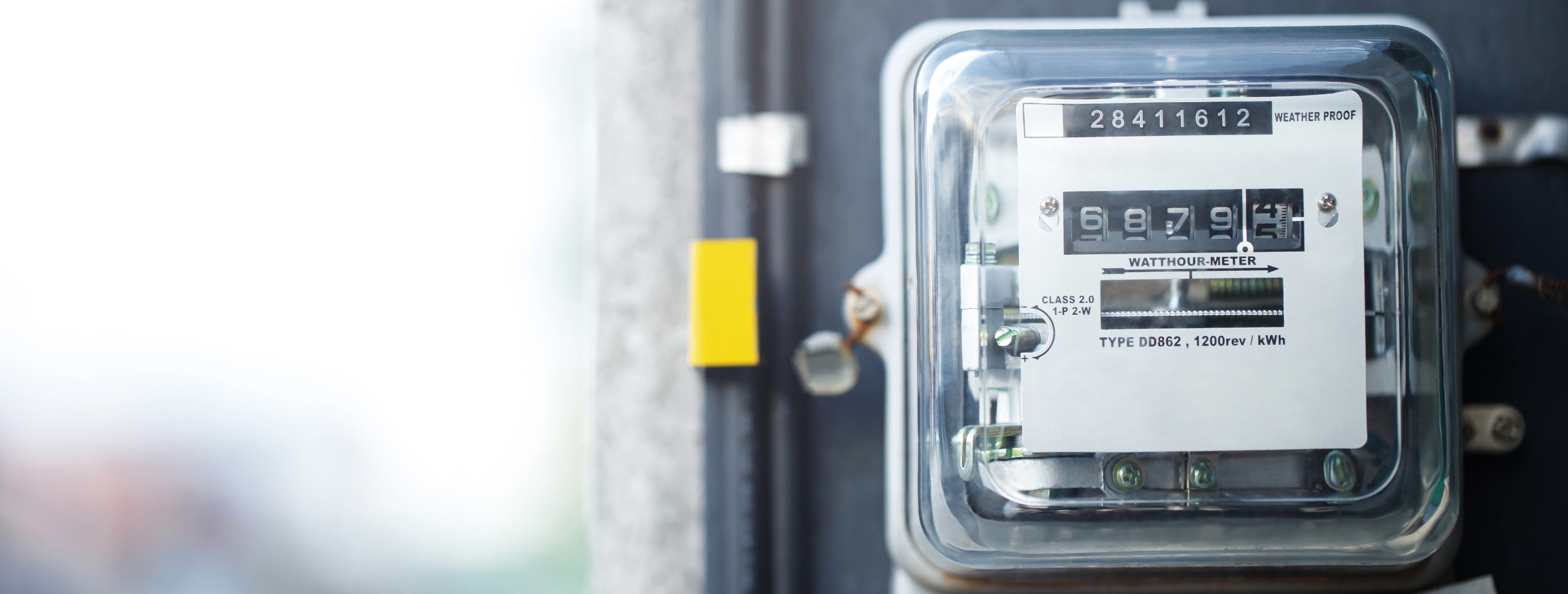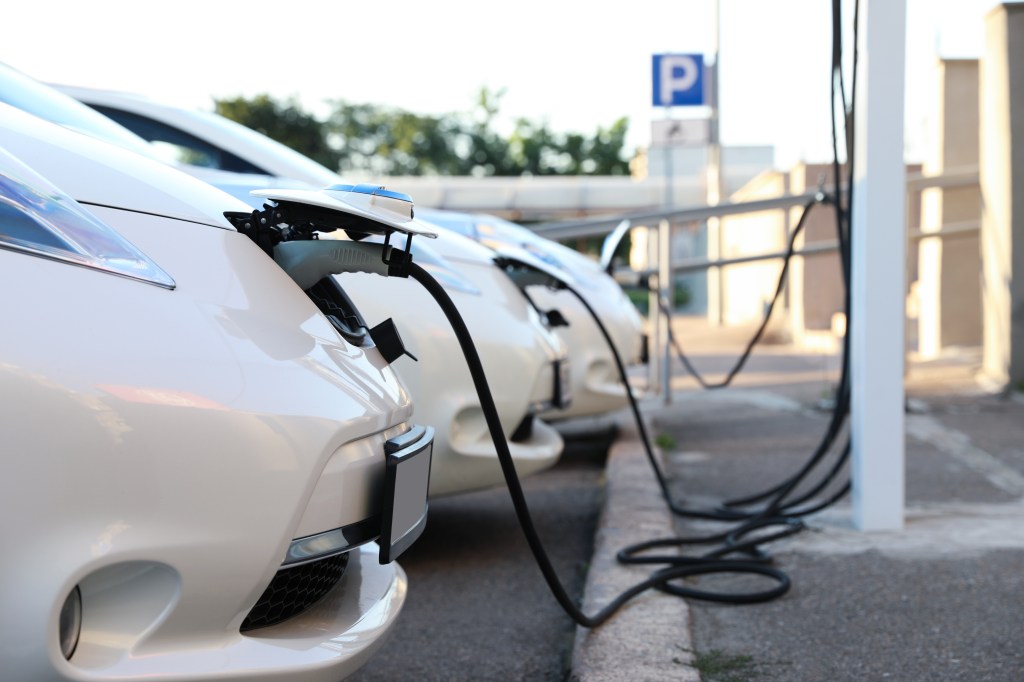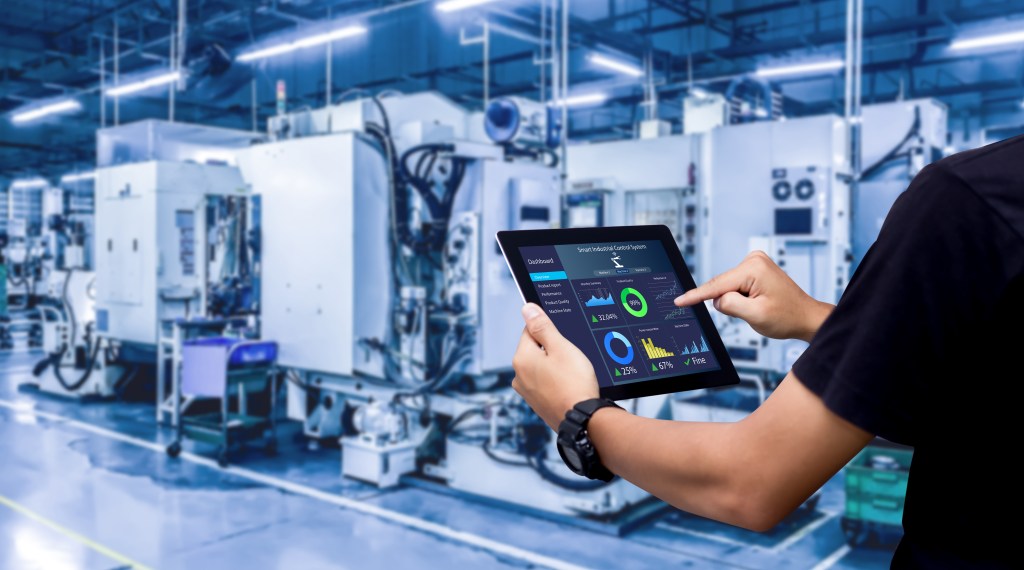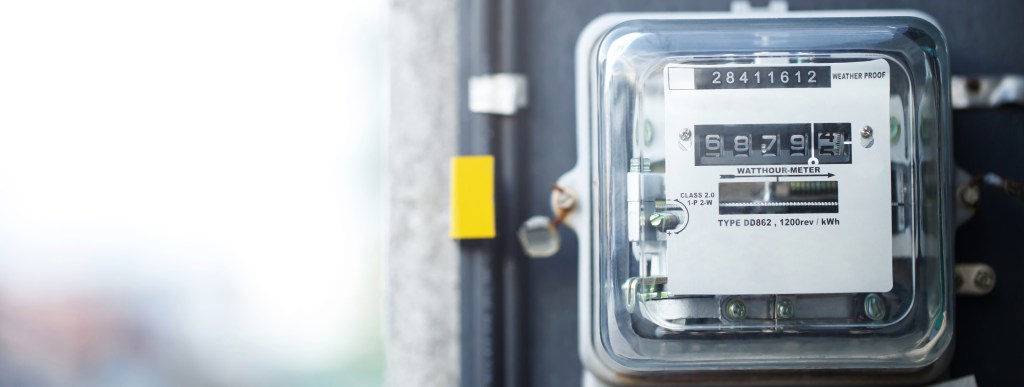
A smart energy monitoring system can help reduce your business’ costs and enhance productivity.
Reducing emissions and getting to net-zero carbon status is something that governments around the world are pledging to achieve. In the UK, there’s a strategy in place to reach this point by 2050.
Businesses are a major contributor to carbon emissions, accounting for 18% of all UK greenhouse gas emissions in 2020. With under 30 years to go to reach the 2050 target, companies across a range of sectors are making some significant changes to the way they operate.
Alternative solutions are being introduced in multiple businesses. From switching to renewable energy to introducing recycling methods, there are plenty of ways that companies can begin to move the dial towards being more eco-conscious.
One method that can be particularly effective in terms of making a business more sustainable is creating a smart building. Here, tech can be used to monitor temperature levels and detect any areas that need attention, such as leaks or escaping heat.
As part of this setup, a robust smart energy monitoring system is key. Using technology to keep track of your energy usage can help both the environment and your company.
What is an energy monitoring system?
An energy monitoring system is a device that’s set up in your company’s building, whether that’s a warehouse or suite of offices. It uses IoT to deliver live information on how much energy is consumed.
There are several benefits of an energy monitoring system that your business could benefit from. Here are some of them:
Reduces energy consumption
One of the most significant advantages of incorporating an advanced energy monitoring system is that you can use the data it captures to gain insights into how your business uses power. Tracking energy consumption is beneficial for both the environment and your bottom line, as you could save money if you’re able to reduce usage.
Over time, the energy monitoring system reveals patterns in consumption and gathers information about exactly how much your business uses. This gives you a jumping-off point when it comes to introducing strategies and protocols to reduce energy use across your organisation.
As you introduce energy-saving ideas, the monitoring system will capture the data and reveal how much of an impact your new updates are making. From there, you can make adjustments and incorporate additional sustainable solutions.
Helps to plan for the future
By monitoring energy consumption, businesses can also make reliable predictions and introduce systems that are designed to have a lasting impact on operations and employees. For instance, the data captured can help address areas within the building where energy is being wasted. It can also look at specific machinery or computing tech to help build lasting solutions.
On an employee level, you might want to introduce schemes and energy-saving ideas to engage them in contributing to reducing usage. After all, you need everyone to play their part for this to work.
Another way to use the data captured by your energy monitoring system could be to address the upcoming UK ban on petrol and diesel cars. You may decide to budget for EV charging points in a bid to help employees switch to electric vehicles.

Eases downtime
When computer systems or machinery stop working for any reason, there can be a significant impact on your business’ output. Electrical issues and other system problems can mean that your workforce is unable to complete their roles effectively while the problem is fixed. This, in turn, can lead to significant chunks of downtime, where productivity levels slump.
One of the benefits of energy monitoring is that the system can be programmed to pick up on any incidents or irregularities before they become bigger issues. This allows changes to be made and maintenance to be carried out before anything significant can happen.
Using an advanced monitoring system can also help to schedule downtime. There are some workplaces, such as data centres, where outages are necessary. In these workplaces, a secondary – or backup – power source is used to ensure that there’s no break in operations. Monitoring the energy levels can keep track of the power available so that there will be enough to get systems through scheduled downtime.
Identifies faulty equipment
Whatever sector your business operates in, you’ll likely need certain equipment to get the job done. Whether that’s machinery for factory work or a bank of computers, you’ll need this kit to be up and running at full capacity.
However, faults can happen and equipment can become dated. Older machinery typically needs more energy to power up. This is the case with both battery and AC-powered equipment, and the delays caused can reduce efficiency and cost you money.
A smart energy monitoring system can flag outdated or faulty equipment that’s draining energy resources as they come to the end of their lifespan. This gives you time to introduce replacement machinery, computers and tools before anything can break down and cause holdups.
Additionally, adding sensors and tech can help detect and prevent leaks and avoid wasting water.

Improves work environments
Keeping workplaces comfortable is a key consideration for business owners, especially in recent years. Now that many have embraced hybrid working, companies are introducing different methods to tempt employees back into the workplace. One way that this can be done is by creating a workspace that’s easy to be in. But it’s worth thinking of how to do this in a sustainable, cost-effective way.
Getting the temperature to the optimum levels, for example, can go a long way towards making a meeting room preferable to working from the spare room at home. In this case, smart sensors can be used to track the temperature levels in the areas that employees are working in, creating opportunities for automated adjustments. Smart sensors can also be used to operate windows, automatically closing them and keeping the heat in when the radiators are on.
Energy monitoring systems can be used to track how much of a difference these smart controls have made and where further changes can be implemented. For instance, you might want to use smart tech to track how busy the workplace is and target the lighting and temperature controls in the areas that are occupied. You can then go back to the monitoring system to see if the data reveals any significant changes in energy use.
Reducing energy waste by targeting the work environment can potentially save your business money and help reduce emissions – all while keeping staff happy.
Introduce energy monitoring systems to your organisation
Introducing energy monitoring tech can be beneficial for both you and your workers. Whether you opt for electric vehicle charging points or water leak detection sensors, using an energy monitoring system can help you see how much of an impact these changes have on your business’ power usage.
Linking sensors to a single-board computer like ROCK, for instance, can be a real game-changer. It links up to IoT systems and sensors to capture information and give you everything you need to make energy-saving decisions.
For more inspiration, check out our dedicated Smart World hub or our collection of articles and guides. Got a question about how to create smart energy monitoring systems for your business? Feel free to contact our friendly team.
Let’s Work Together to Build the Future
Fill in the short form below and one of our expert team will be in touch to guide you to the right products & services for your current or upcoming project.
With a blend of expert technical knowledge and commercial partnerships alongside innovative design & manufacturing capabilities, together we can achieve great things.




